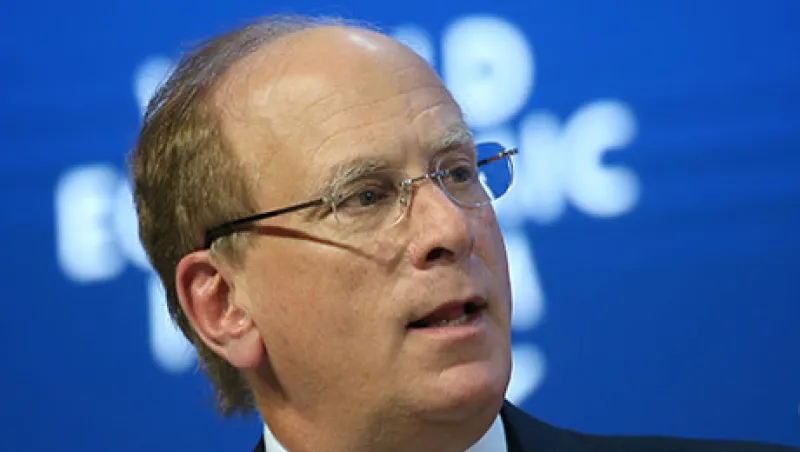Bond market liquidity, an arcane area of finance referring to how easily investors can buy and sell fixed-income instruments, is raising hackles in the asset management industry. Legendary activist investor Carl Icahn and BlackRock CEO Larry Fink fought about the topic at Institutional Investor’s and CNBC’s Delivering Alpha conference earlier this month in New York, and members of Congress can read about it in the Federal Reserve’s most recent report.
The ability to buy and sell bonds has clearly gotten tougher since the financial crisis. Global rules reining in banks’ risk-taking since 2008 has made traders a lot less likely to put up precious capital to back bond trading. That has investors worried about their ability to sell bonds in stressed markets, particularly if the Fed does raise interest rates by the end of the year, as the central bank has given every indication it will.
There are other reasons for reduced liquidity in the market, some of which are good for investors, because they create new opportunities to generate returns. As banks reduce their lending to smaller companies, those issuers are increasingly tapping the capital markets as an alternative. Low rates have offered an additional incentive to issue bonds. Eric Beinstein, a JPMorgan Chase & Co. research analyst on U.S. high-grade and credit default swap strategy, says, “From an investor’s perspective, they get more diversity and more chances to lessen their concentration in big issuers. If you want to outperform a benchmark, you now have more names to choose from, and that’s positive.” Smaller issues from smaller companies, however, change hands a lot less frequently than those with big names, creating even more trading problems for investors if, and when, times get tough. Many big investors try to lessen their risk to small companies by doing more up-front research and planning to hold the securities for longer periods.
According to JPMorgan, the number of new issuers in the U.S. high-grade market has increased by 71 percent; high-yield has grown by 22 percent. Investors can profit from their credit research skills — these new issuers are less likely to be well researched. At the same time, dealers are holding inventory that represents only about one day’s average trading volume. With this level of inventory, banks would be unable to act as a shock absorber if rates were to rise quickly and investors panicked and as a group tried to sell their mutual fund shares.
Beinstein cautions that smaller issues may turn over less frequently than larger company debt, but the difference in trading is not huge. The top 20 percent of bond issuers account for 90 percent of daily trading. In part, that’s because investors are chasing securities in the big indexes, competing for the same names with U.S. and overseas rivals and reducing their chances of outperforming. After that, trading falls off rapidly.
JPMorgan also notes that trading volume can be explained by how much time has passed since the bonds have been issued. High-grade bonds, for instance, trade eight times more frequently in the month in which they were issued than a year later. Beinstein says that makes sense, as the most appropriate long-term investors find them and hold them. He notes that before the crisis, more short-term investors, such as hedge funds and proprietary trading desks, churned the issues. Longer-term investors should be heartened by that, he says. The big question, he says, is whether investors should be compensated — earn higher spreads — on issues that are less liquid. “The concept is reasonable, but the price is set by the market, and that’s not happening yet.”
Follow Julie Segal on Twitter at @julie_segal.







